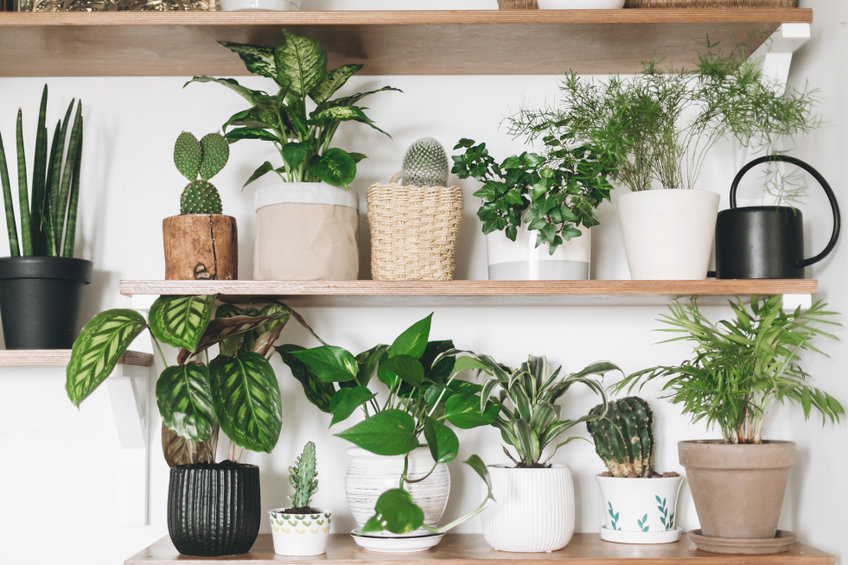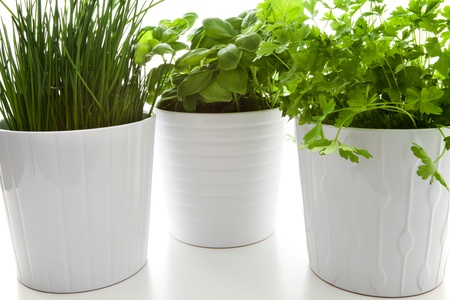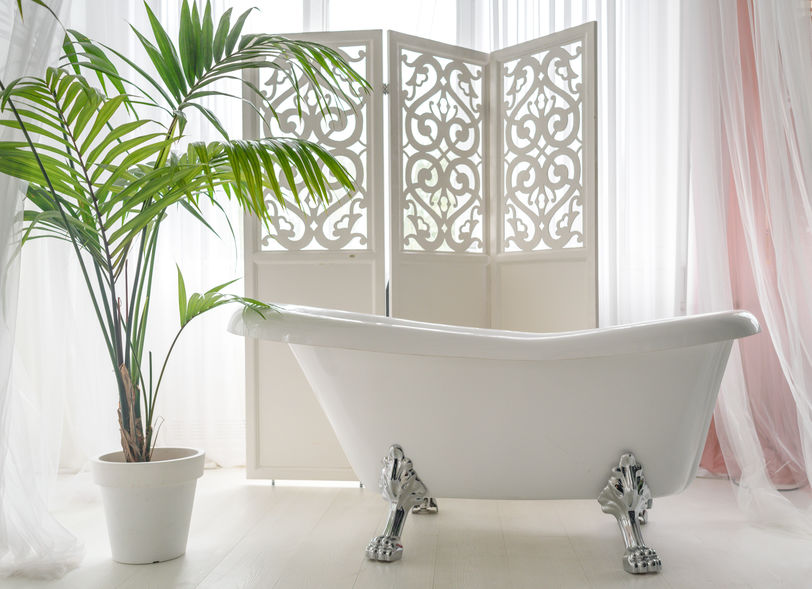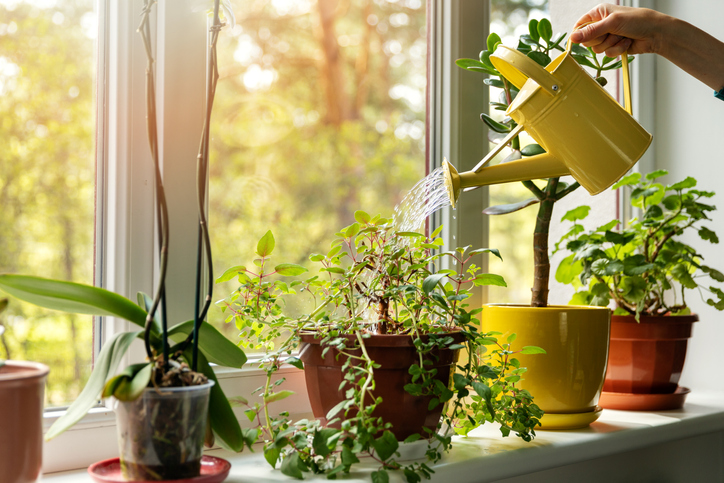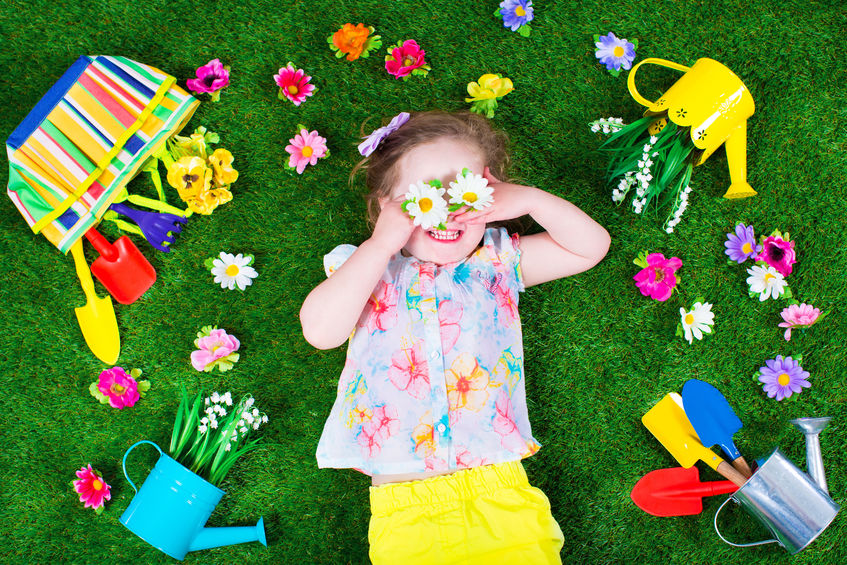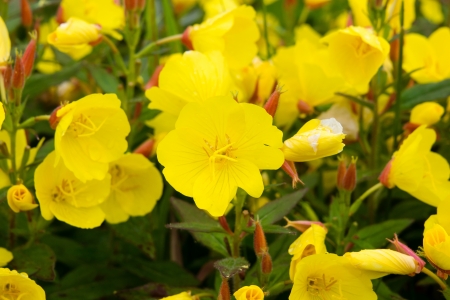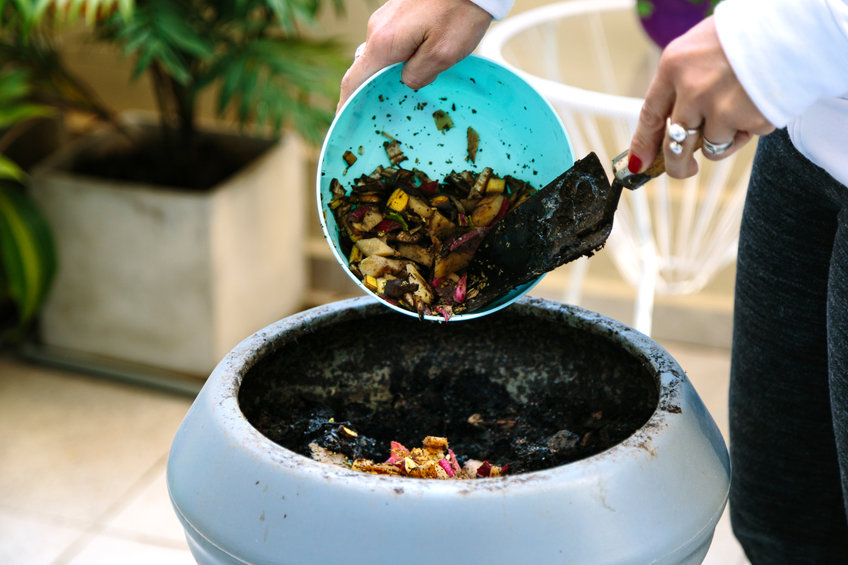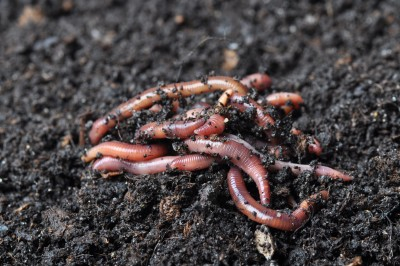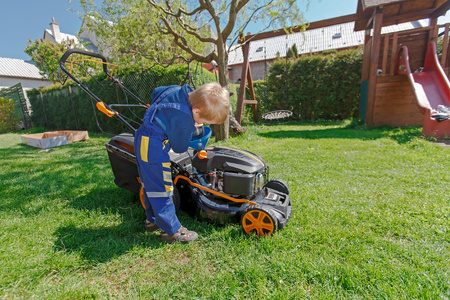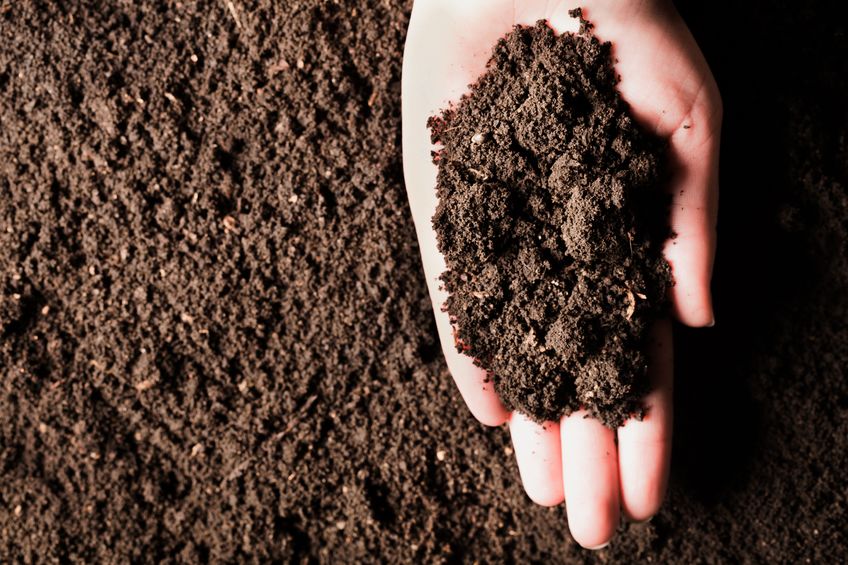Choosing Indoor Plant Containers
Choosing indoor plant containers. Plant containers can make or break your plants. That $100 exotic palm from the fancy nursery will look tacky in a green plastic pot.
However, the $10.99 palm from the discount home store will look elegant in a Chinese ceramic container.
Think of plants as the botanical equivalent of a basic black dress. Indoor plant containers, like accessories, are there to enhance their look, to make them stand out in your home.
But before we start accessorizing, let's discuss the basic requirements for indoor plant containers.
Basic Requirements for Choosing Indoor Plant Containers
Indoor plant containers must be large enough to stabilize and nourish the plant, protect the floor from dirt and moisture, and provide adequate drainage for the plant.
Size: Generally, the taller the plant, the larger the container it needs. This is both an aesthetic and a physical requirement. A tall plant needs a broad base to stabilize it, and it would look weird in a tiny pot.
You can often repot your new plant in a container one to two inches larger in diameter than the one it came in.
Do not go any larger, or the plant could get root rot, as the excess soil will hold too much moisture for the roots to absorb.
If the plant still looks too large aesthetically for the pot, set the pot inside a larger decorative pot.
Drainage: Your container must have drainage holes, or the plant could get root rot. However, you don't want the plant draining on your cherry hardwood floor.
If the pot you love has no drainage holes, fake them. Put the plant in a smaller plastic container with drainage holes, then set the plant in the holeless container.
Cover the tops of the pots with sphagnum moss, and no one will know the ugly container is there. Of course, if your container has drainage holes, you must have a saucer underneath.
Do not cover the drainage holes with gravel. If you're concerned about the soil coming out, cover the holes with a coffee filter. But this is usually not a problem.
Choosing Indoor Plant Containers - How To Match the Decor
Containers come in many materials: clay, ceramic, plastic, wicker. Choose the materials that best complement your decor. Here's a look at each:
Plastic: Plastic containers have the double whammy of being ugly and nonporous, so air cannot get to the roots of your plants. They are, however, both light and cheap.
I often keep my plants in plastic containers set inside ceramic ones. Moving the plant is much easier because you can move the plant and the heavy container separately.
Clay: The primary advantage of clay containers is that they are porous, so over-watering doesn't pose as much danger as with other containers.
However, since they are porous, you need a nonporous water barrier between them and your floor. Some clay pots have patterns embedded in the surface and can look quite elegant indoors.
However, most clay indoor plant containers are more appropriate on the porch or patio.
Ceramic: Ceramic containers are expensive, nonporous, and heavy. Their saving grace is that they are lovely and mesh better with home interiors than plastic or clay.
Since ceramic containers can be molded into any shape and decorated in any pattern, you can find pots that complement any decor from French provincial to Country Cottage.
Rattan: Rattan containers usually work best in more casual decor. Baskets are relatively inexpensive and lightweight.
Since you can't put soil into them, use the pot within a pot trick (place a plastic saucer under the pot at the bottom of the basket.) You can buy a huge basket for a fraction of the cost of a ceramic pot.
What To Know About Reusing Pots
Pots can be reused, but take precautions by cleaning them thoroughly first to remove any resident bacteria. Scrub the pot with a solution of one part bleach to nine parts water. Then rinse thoroughly.
Don't be Afraid to Experiment
When it comes to choosing indoor plant containers, don't be timid. Any container can contain a plant, so don't be afraid to experiment.
I've seen plants in copper watering cans, teapots, and antique wash bowls. Use the pot within a pot method, and you can switch containers every week if you like. Now go potty!
- Clean Home
- Backyard & Garden
- Choosing Indoor Plant Containers
